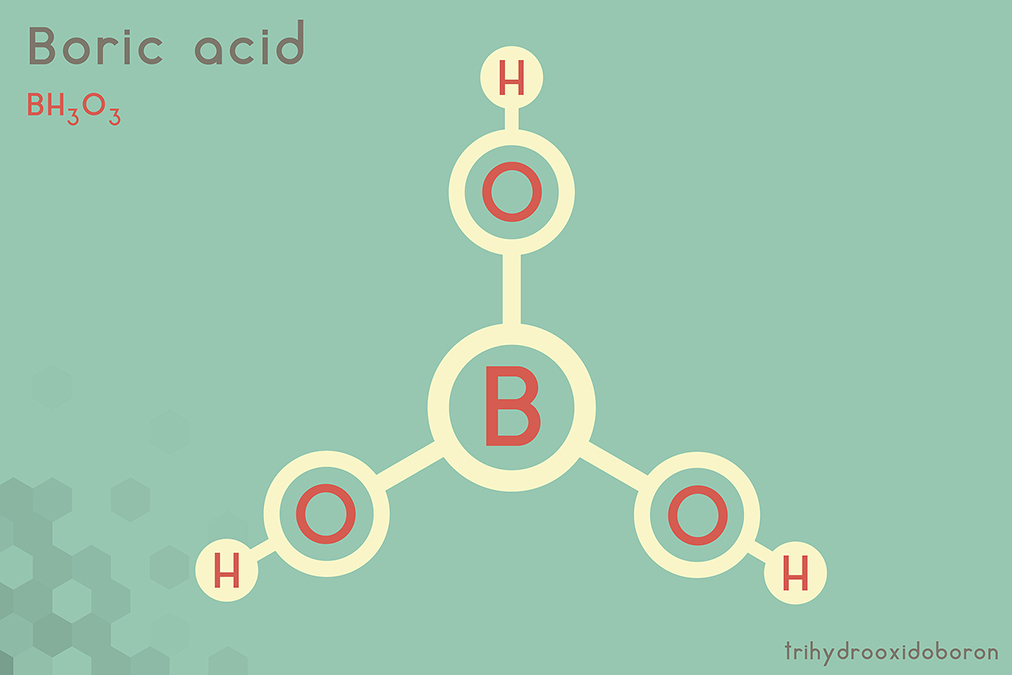 What you have below is an article that will show you the household cleaner that helps to eliminate arthritis in your body.
What you have below is an article that will show you the household cleaner that helps to eliminate arthritis in your body.
You read that right. It’s a household cleaner—not some overpriced drug with an unpronounceable, invented name.
Actually, this household cleaner is so effective that it scared the pants off the pharmaceutical industry.
Boron (found in borax) is a naturally occurring element extracted from dried salt lakes. Normally, a healthful diet with unprocessed and organically grown fruits and vegetables provides about 2 to 5 mg of boron per day.
However, harsh soil fertilizers and unhealthful cooking methods greatly reduce the intake of boron from food.
Nowadays, due to the increase of chemical soil fertilizers and processed food, our boron intake has greatly reduced over the past century. And this trend has led to a significant uptick in diseases related to joint inflammation, such as arthritis.
In 1960, Australian plant and soil scientist Rex Newnham was diagnosed with arthritis. He tried to cure the ailment with all kinds of treatments that conventional medicine at the time could offer.
Unfortunately, nothing worked, and his arthritis only progressed.
He decided to look for an answer in plants and discovered that the soil in the area were plants were grown was rather mineral deficient.
Newnham knew that boron increases calcium metabolism in plants. He decided to supplement himself with 30 mg of borax a day. After three weeks of experimentation, the pain, stiffness, and swelling completely disappeared.
Even though he shared this exciting news with Australian public health officials, they were not interested in a safe, alternative arthritis treatment.
Soon after, Newnham developed tablets with a safe and effective concentration of boran and helped thousands of people to cure their arthritis.
Obviously, Newnham’s work proved a great threat to big pharmaceutical companies and threatened to reduce their profits by replacing expensive arthritis treatments (that didn’t work anyway) with an easy and cheap supplement. As a result, borax was declared to be a poison in any concentration and banned from use as a cure.
Later, a double-blind trial in Royal Melbourne Hospital revealed that patients supplemented with borax had 70% improvement in their arthritis symptoms, compared to 12% in the placebo group.
There is obviously a direct correlation between low boron levels and arthritis. For example, Jamaica has extremely low soil boron levels, and Jamaicans’ arthritis rates are 70% higher than those in Israel, where estimated daily boron intake is 5 to 8 mg and arthritis is found in only 0.5–1% of the population.
Bone examination revealed that arthritis-affected joints had only half the boron content of healthy joints.
The synovial fluid that helps carry nutrients to the cartilage and lubricates joints was found to be boron deficient in arthritic joints.
According to Newnham, supplementing with borax can eliminate pain, inflammation, and joint stiffness in about 1 to 3 months.
After 3 months, he suggests reducing the treatment from 3 daily pills to 1 pill a day (each containing 3 mg of borax) as a preventative measure to avoid future arthritis.
Borax is usually sold as agricultural or technical grade at a 99–99.5% pure concentration. The remaining 0.5 % might consist of potassium, sodium, chloride, sulfates, phosphates, calcium, carbonate, and bicarbonate but no toxic or heavy metals.
Boric acid is also a popular and very effective treatment for Candida yeast infections, and it is widely sold and manufactured in the US.

 Overcoming IBD
Overcoming IBD Multiple Sclerosis
Multiple Sclerosis Banishing Bronchitis
Banishing Bronchitis Gum Disease Gone
Gum Disease Gone Overcoming Onychomycosis
Overcoming Onychomycosis Neuropathy No More
Neuropathy No More The Prostate Protocol
The Prostate Protocol Brain Booster
Brain Booster
 Ironbound
Ironbound
 Solution for Shingles
Solution for Shingles
 The Bone Density Solution
The Bone Density Solution
 The Ultimate Healing Protocol
The Ultimate Healing Protocol
 The Parkinson's Protocol
The Parkinson's Protocol
 The Chronic Kidney Disease Solution
The Chronic Kidney Disease Solution
 Overthrowing Anxiety
Overthrowing Anxiety The Fatty Liver Solution
The Fatty Liver Solution The Hypothyroidism Solution
The Hypothyroidism Solution
 The End of Gout
The End of Gout The Blood Pressure Program
The Blood Pressure Program
 The Oxigized Cholesterol Strategy
The Oxigized Cholesterol Strategy
 Stop Snoring And Sleep Apnea Program
Stop Snoring And Sleep Apnea Program
 The Arthritis Strategy
The Arthritis Strategy The Vertigo & Dizziness Program
The Vertigo & Dizziness Program The 3-Step Diabetes Strategy
The 3-Step Diabetes Strategy Hemorrhoids Healing Protocol
Hemorrhoids Healing Protocol The Erectile Dysfunction Master
The Erectile Dysfunction Master Weight Loss Breeze
Weight Loss Breeze The IBS Program
The IBS Program The Insomnia Program
The Insomnia Program The Migraine and Headache Program
The Migraine and Headache Program The Neck Pain Solution
The Neck Pain Solution The Menopause Solution
The Menopause Solution The Ejaculation Master
The Ejaculation Master The TMJ Solution
The TMJ Solution The Acid Reflux Solution
The Acid Reflux Solution The Fibromyalgia Solution
The Fibromyalgia Solution The Psoriasis Strategy
The Psoriasis Strategy